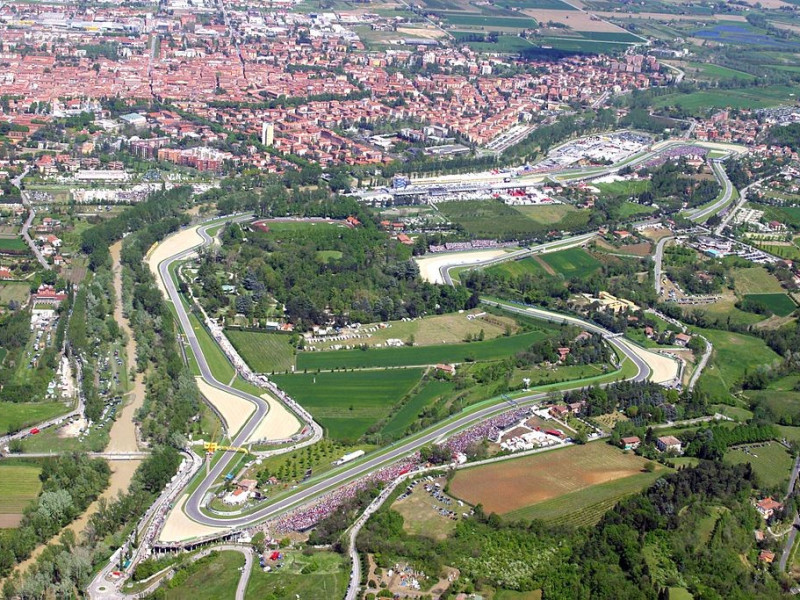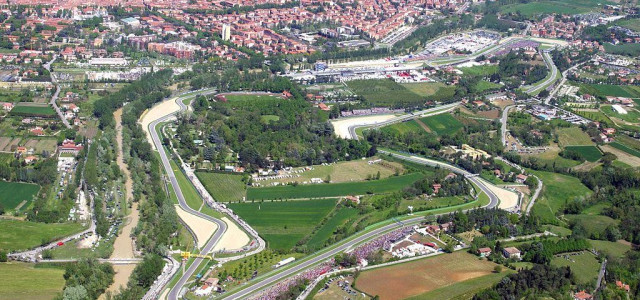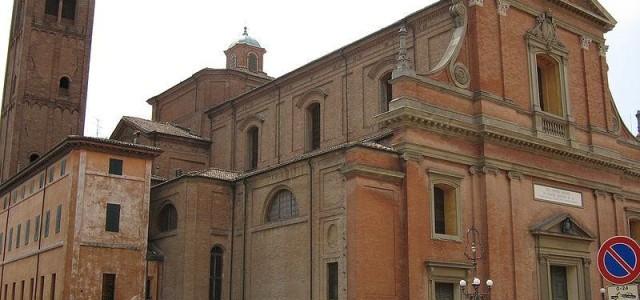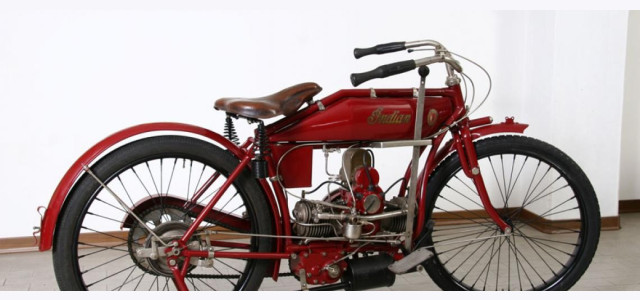Destinazioni - Comune
Imola
Where
Imola (Bologna)
Imola (Jômla in the local dialect) is a town and comune in the province of Bologna, located on the Santerno River, in the Emilia-Romagna region of north-central Italy. The town is traditionally considered the western entrance to the historical region Romagna.
The city is most noted as the home of the Autodromo Enzo e Dino Ferrari who formerly hosted the Formula One San Marino Grand Prix, (the race was named after the nearby independent republic of San Marino, as Monza already hosted the Italian Grand Prix), and the deaths of Formula One drivers Ayrton Senna (Brazilian) and Roland Ratzenberger (Austrian) at the circuit during the 1994 San Marino Grand Prix.
History
The city was anciently called Forum Cornelii, after the Roman dictator L. Cornelius Sulla, who founded it about 82 BCE. The town was an agricultural and trade center, famous for its ceramics.
The name Imola was first used in the 7th century by the Lombards, who applied it to the fortress (the present Castellaccio, the construction of which is attributed to the Lombard Clefi), whence the name passed to the city itself. According to Paul the Deacon, Imola was in 412 the scene of the marriage of Ataulf, King of the Visigoths, to Galla Placidia, daughter of Emperor Theodosius the Great. In the Gothic War (535–552), and after the Lombard invasion, it was held alternately by the Byzantines and barbarians.
With the exarchate of Ravenna it passed under papal authority. In the ninth century it was bravely defended against the Saracens and Hungarians by Fausto Alidosi. In the tenth century Troilo Nordiglio acquired great power. This and the following centuries witnessed incessant wars against the Ravennatese, the Faentines and the Bolognese, as well as the internecine struggles of the Castrimolesi (from Castro Imolese, "castle of Imola") and the Sancassianesi (from San Cassiano). Amid these conflicts was formed the republican constitution of the city. In the contest between pope and emperor, Imola was generally Ghibelline, though it often returned to the popes (e.g. in 1248). Several times, powerful lords attempted to obtain the mastery of the city (Alidosi, 1292; Maghinardo Pagano, 1295). Pope Benedict XII turned the city and its territory over to Lippo II Alidosi with the title of pontifical vicar, the power remaining in the family Alidosi until 1424, when the condottiero Angelo della Pergola, "capitano" for Filippo Maria Visconti, gained the supremacy (see also Wars in Lombardy). In 1426 the city was restored to the Holy See, and the legate (later Cardinal) Capranica inaugurated a new regime in public affairs.
It was later ruled by various condottieri, such as the Visconti, from which era several landmark fortresses remain. In 1434, 1438 and 1470 Imola was conferred on the Sforza, who had become lords of Milan. It was again brought under papal authority when it was bestowed as dowry on Caterina Sforza, the bride of Girolamo Riario, nephew of Pope Sixtus IV. Riario was invested with the Principality of Forlì and Imola. This proved advantageous to Imola, which was embellished with beautiful palaces and works of art (e.g. in the cathedral, the tomb of Girolamo, murdered in 1488 by conspirators of Forli). The rule of the Riarii, however, was brief, as Pope Alexander VI deprived the son of Girolamo, Ottaviano, of power, and on 25 November 1499, the city surrendered to Cesare Borgia. After his death, two factions, that of Galeazzo Riario and that of the Church, competed for control of the city. The ecclesiastical party was victorious, and in 1504 Imola submitted to Pope Julius II. The last trace of these contests was a bitter enmity between the Vaini and Sassatelli families.
In 1797 the revolutionary French forces established a provisional government at Imola; in 1799 it was occupied by the Austrians; in 1800 it was united to the Cisalpine Republic. After that it shared the fortunes of the Romagna region.
Main sights
Rocca Sforzesca (Sforza Castle), built under the reign of Girolamo Riario and Caterina Sforza. Now houses a Cinema d'Estate which shows films in July and August. It also is the location of the world-famous International Piano Academy "Incontri col Maestro", founded in 1989 by Franco Scala.
Palazzo Tozzoni (Tozzoni's Mansion), built between 1726 and 1738 by the architect Domenico Trifogli, civic art museum since 1981.
Duomo (cathedral), dedicated to San Cassiano. Erected from 1187 to 1271, it was repeatedly restored in the following centuries, until a large renovation was held in 1765–1781. The façade dates to 1850.
Convento dell'Osservanza, including the church of San Michele from 1472, to which later a convent with two cloisters was added. It houses a sarcophagus of Lucrezia Landriani (1496), mother of Caterina Sforza. The interior has a nave and an aisles, finished in 1942; it houses a fresco attributed to Guidaccio da Imola (1472). In the apse is a Byzantine-style crucifix from the 15th century. The first cloister, dating to 1590, had originally 35 frescoes of stories of St. Francis, 15 of which went lost. In the garden annexed to the church is a precious Pietà in terracotta of late-15th century Bolognese or Faenza school.
Noteworthy are also the Farsetti and the Communal palaces. In the latter is a fresco representing Clement VII and Charles V (1535) passing through the city. The public library was established in 1747 by the Conventual Padre Setti. In the 16th century, the Accademia degli Industriosi flourished.
Notable people
Pope Honorius II
Antonio Maria Valsalva, anatomist who founded the anatomy and physiology of the ear
Benvenuto Rambaldi da Imola, a lecturer on Dante at the University of Bologna in the 14th century
Taddeo della Volpe, a mercenary captain in the service of the popes and Venice (in 1510 Venice presented him with a staff bearing the image of a fox and his device: SIMUL ASTU ET DENTIBVS UTAR)
Giovanni Sassatelli, nicknamed Cagnaccio ('bad dog'), also a captain
Gedaliah ibn Yahya ben Joseph (c. 1515 – c. 1587) (Hebrew: גדליה בן יוסף אבן יחייא), a talmudist born at Imola
Luca Ghini, scientist of the 16th century who founded the first botanical garden (Orto botanico) at the University of Pisa and the Bologna.
Ottaviano Vestri and his son Marcello Vestri, jurists of the 16th and 17th centuries
Innocenzo da Imola
Vincenzo Dal Prato, castrato for whom the role of Idamante was written by Mozart
Andrea and Giuseppe Bagnari, noted for their skill in inlay work
Cosimo Morelli, the architect who designed the sacristy of St. Peter's, Rome
Innocenzo di Pietro Francucci da Imola, painter, a pupil of Francia and Gaspare Sacchi, distinguished painters, nicknamed after his birthplace
Saint Hippolytus of Rome, author
According to tradition, Saint Cassian of Imola was a teacher and martyr there during the reign of Emperor Julian the Apostate in the 4th century.
Saint Peter Chrysologus, who was a deacon there
Andrea Costa, politician, considered to be among the founders of the Italian Socialist Party.
Fausto Gresini, who runs a successful MotoGP team
Stefano Domenicali, former Team Principal of Ferrari Formula One Racing Team
Medals and awards
On 12 June 1984, Imola was awarded the Medaglia d'Oro al Valor Militare (Gold Purple Heart) for the role of the city in the Italian resistance movement
On 2 June 1971, the city was awarded the Medaglia d'oro ai benemeriti della scuola della cultura e dell'arte (Gold Merit Badge of the Art and Culture School).
International relations
Imola is twinned with:
Pula, Croatia
Rijeka, Croatia
Colchester, United Kingdom
Gennevilliers, France
Weinheim, Germany
See also
Bishopric of Imola
Sources
This article incorporates text from a publication now in the public domain: Herbermann, Charles, ed. (1913). Catholic Encyclopedia. Robert Appleton Company.
External links
Accademia Pianistica Internazionale




